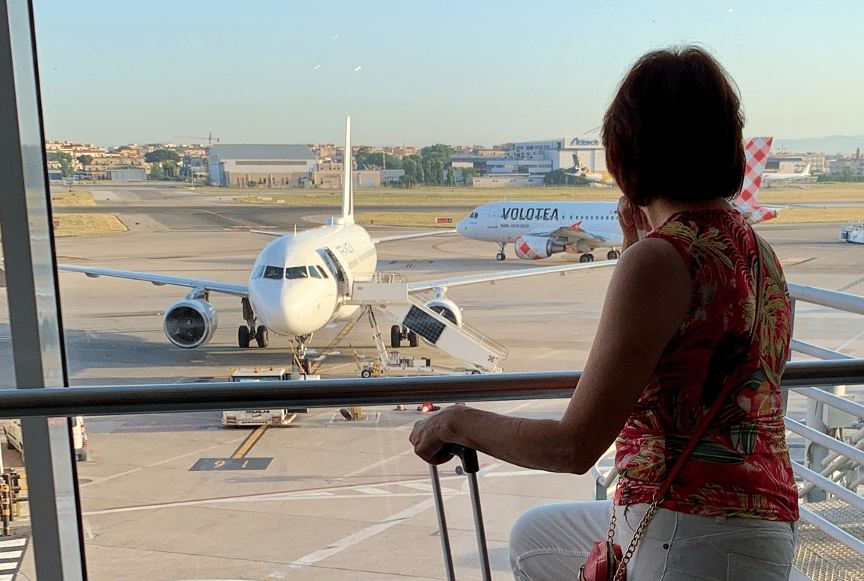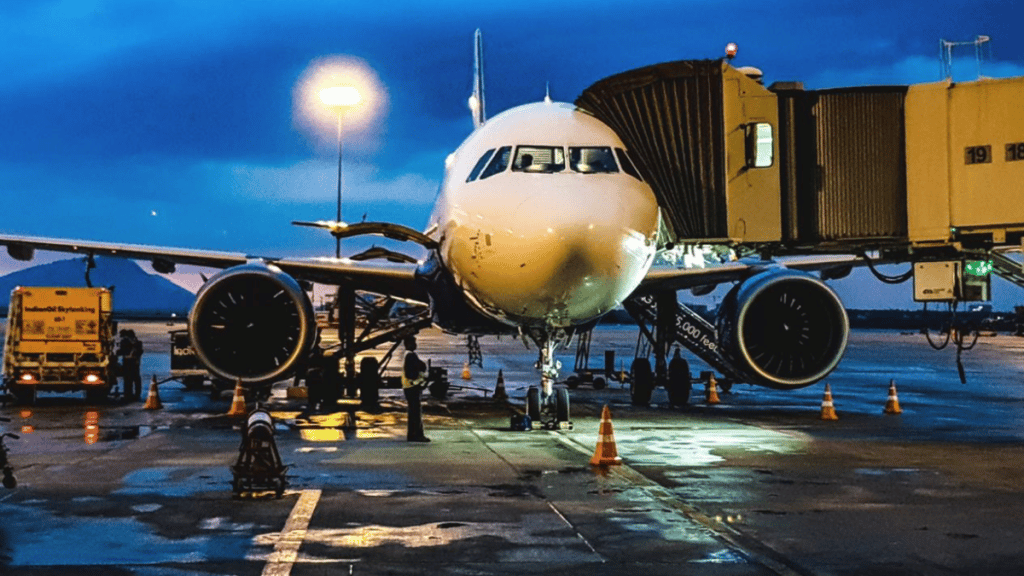As you might guess from the name, “Ground Support Equipment”, which is sometimes abbreviated to GSE, is a general term which covers all of the various equipment that is used to service an aircraft in between flights.
This equipment may consist of a whole number of different types of tools with various specialised uses. Some of these tools may be needed each time the aeroplane is being made ready to fly, whilst others may only be needed occasionally to help maintain the aircraft in a fit and safe condition.
This ground support equipment may be used by the aircraft owner themselves, in the case of small, privately owned light aircraft, or it may be used by a specialist ground handling company who are under contract to the airline who own the aircraft, in the case of larger aircraft and airliners.
For light aircraft, the range and diversity of ground support equipment used is much smaller and is really mostly restricted to that equipment that is necessary to maintain the aircraft and related to the actual operation and flying of the plane. However, for airliners, much of the ground service equipment is not necessarily directly related to the actual flying of the aircraft at all and instead revolves around the many service related tasks that have to be carried out, such as cleaning the aircraft, restocking it with necessary supplies, unloading and loading baggage and cargo, and other ground-based operations like these.
For example, belt loaders, dollies or baggage carts may be used for airliners to help with transporting baggage or cargo to and from the airliner whilst it is parked at its gate at the airport. Alternatively, container loaders may be used to help with the loading and unloading of containers and pallets into and out of larger cargo aircraft too. None of these, of course, would be needed for a light aircraft.
Similarly, catering vehicles are used to unload unused food and drink from commercial airliners, as well as to load fresh food and drinks for the passengers and crew. The meals are prepared mostly on the ground in order to minimize the amount of preparation (apart from chilling or reheating) required during flight and they are typically loaded on standardized carts which are wheeled into the catering vehicle.
However, there are certain pieces of ground support equipment which are required for all aircraft, small or large, commercial or private.
Some of the pieces of equipment that you will find being used for aircraft of all sizes include ground power units, aircraft tugs, and start power units.
The names of these really describe quite accurately what they do and the first of them, ground power units, (or GPU), are simply a source of power that is connected to the aircraft as a means of powering the electrical systems on board the plane whilst it is on the ground. The amount of current required by the aircraft will obviously vary with its size and the number and complexity of electrical systems on board that have to be powered.

Aircraft tugs, which are sometimes also referred to as pushback tugs or tractors, are a means of manoeuvering the aircraft around, whether this is to move it into and out of a hanger, or simply to push it back out of its parking ramp so that it can then proceed forwards, under its own power, to begin to taxi towards the runway. Naturally, larger aircraft require far bigger and more powerful aircraft tugs to move them than light aircraft do. The way that the tugs connect to the aircraft can also vary with many using a tow-bar type system whilst others lift the nose gear of the aircraft off the ground completely in order to move it.
Start power units, which are also sometimes known as start carts, are used to start an aircraft engines. Not all aircraft require start power units as some have an on-board auxiliary power unit (APU) which can provide the energy required to start the engines without any external power being used. However, many aircraft do require the use of this vital piece of ground support equipment to fire up their engines.
Of course, there are other forms of ground support equipment that are required by all aircraft too. These include refuelling tankers which are used to transport the fuel to the aircraft where the fuel can be pumped aboard the plane by the use of hoses connected to the tanker to. This system has been in use for a long time and generally applies the same for both large and light aircraft, with the size of the tanker used being the only real difference. However, some airports now actually make use of hydrant systems for refuelling airliners rather than using fuel tankers. The hydrants, which are fed from large fuel tanks nearby or underground, are positioned in the ground on the apron next to the aircraft parking ramps. This arrangement allows the airliner to be connected directly to the hydrant and fuel can be pumped aboard without the use of a refuelling tanker at all.
These are some of the various types of ground support equipment that are used then, although there are a number of others too. Next time you are waiting patiently to board a flight you may want to take a look around the different aircraft as they sit there on the airport apron and see just how many different types of ground support equipment you can actually see in use.
